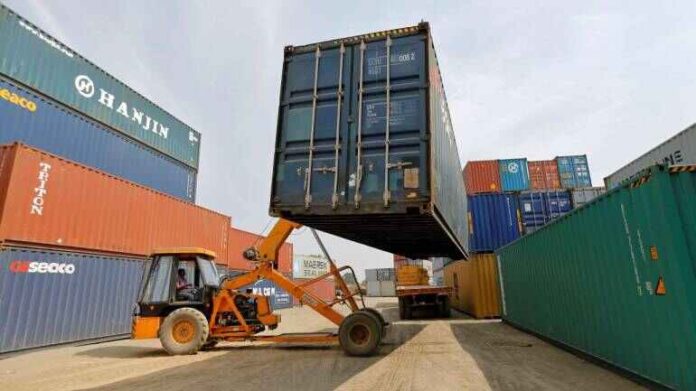In January, Pakistan witnessed a 4.93% increase in the export of non-textile value-added products compared to the same month last year, signaling a boost in international market orders.
The Pakistan Bureau of Statistics revealed that these exports, excluding food products, amounted to $553 million, up from $527 million in January of the previous year.
Despite this positive trend in January, the first seven months of the fiscal year saw only a slight 0.8% growth in non-textile product exports, totaling $3.78 billion against the $3.75 billion recorded in the corresponding months of the last year.
Significant growth was observed in several sectors: engineering goods exports rose by 14.95%, footwear by 6.14%, and gur products, not classified under food, by 19.55%.
However, not all sectors fared well; leather garments exports declined by 8.87%, and raw leather saw a 23.72% decrease.
Similarly, exports of carpets and rugs, sports goods, and specifically footballs experienced downturns of 22.61%, 8.72%, and 1.30%, respectively.
Despite challenges in other areas, the export of engineering goods in the July-January period of FY24 increased by 4.54% year-on-year. Jewelry exports saw a remarkable rise of 39.91%, and gur products also surged by 28.53%.
Conversely, exports of gems, furniture, molasses, and handicrafts faced declines.
A notable recovery was seen in cement exports, which jumped by 49.70% in the first seven months of FY24, contrasting with the previous fiscal year’s slump.
Additionally, while there were no exports of petroleum crude, shipments of petroleum products experienced a significant 460% increase.
The period also highlighted robust growth in food product exports, enhancing the international availability of essential commodities such as beef, chicken, and rice, though impacting their domestic affordability.
























Increase in exports not significant.